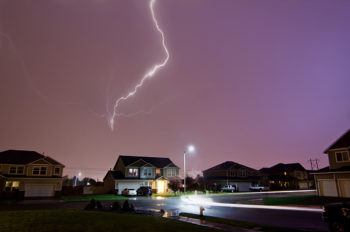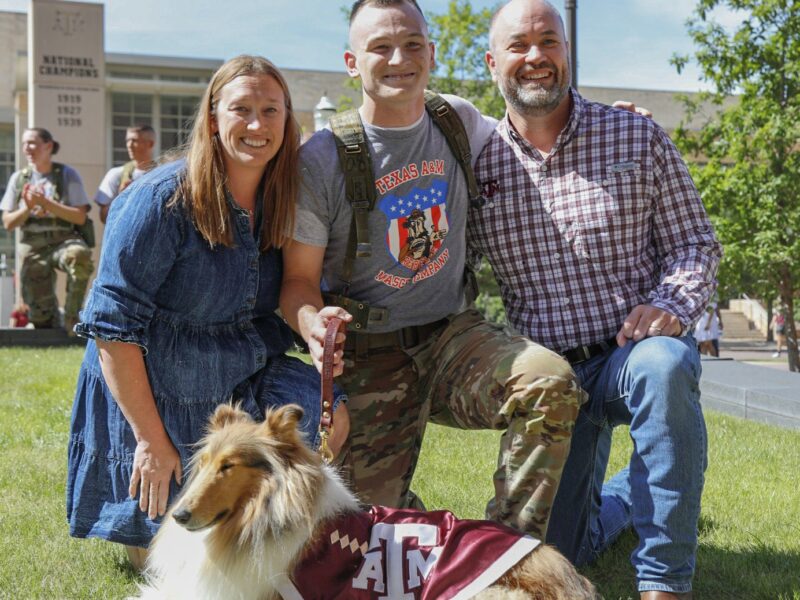Lightning Prone Houston Now Has World’s Best Detection System

The country’s best system to detect lightning strikes “located in and around the Houston area” just got better, thanks to a complete overhaul and new software by its designer and one of the world’s leading lightning experts, Texas A&M University atmospheric sciences professor Richard Orville.
The system, known as the Lightning Mapping Array (LMA) system, is the only one of its kind for a large metropolitan area, and the 5 million residents of the greater Houston area reside in an area that is one of the world’s true hotspots for lightning.
With thousands of strikes each year, Houston is the lightning center of Texas and one of the world’s most frequently prone areas for lightning hits. Studies show about 1,800 thunderstorms pound the Earth at any given moment, resulting in about 50 lightning strikes every second.
Orville says Houston averages about 20 strikes per square mile, and receives about 1,700 strikes between June and July alone each year.
“You need two things for lightning to occur heat and moisture, and Houston has plenty of both,” he explains.
The LMA system has 10 sensors placed around the Houston area, plus one in Brazos County and another near Galveston. When a lightning flash occurs, each site notes the precise time (within microseconds) and reports vital data to a central server on the Texas A&M campus. Researchers can then calculate the exact latitude and longitude from where the lightning originated, Orville says.
“The LMA can give us an advance warning time of from 5 to 20 minutes ahead of time where cloud-to-ground lightning may strike next,” he adds.
“When you consider all of the golf courses, public parks, stadiums, lakes and other outdoor sites where people tend to gather, it has the potential to save many lives.”
The upgraded system now uses solar panels for power, and also includes new Wi-Fi hookups to transmit data for more efficient data transmission, Orville notes.
The $1.2 million system is financed through grants from the National Science Foundation “and is the best in the world, no doubt about it,” says Orville, who has studied lightning for more than 30 years.
According to the National Weather Service, about 60 people are killed each year by lightning in the United States. Lightning is the second greatest weather killer. Flood fatalities are No. 1.
More than 20 years ago, Orville led key studies in the physics of lightning and helped to establish the National Lightning Detection Network. It is located in 48 states and Canada and detects every ground strike of lightning. He has devoted much of his academic career to studying severe storms and the lightning associated with them.
“The LMA is the best system of its type in the country,” he confirms. “Since it’s geared toward safety, it will be a great public service device, and it will also give us more knowledge about the nature of lightning.”
Media contact: Keith Randall, Texas A&M News & Information Services.





